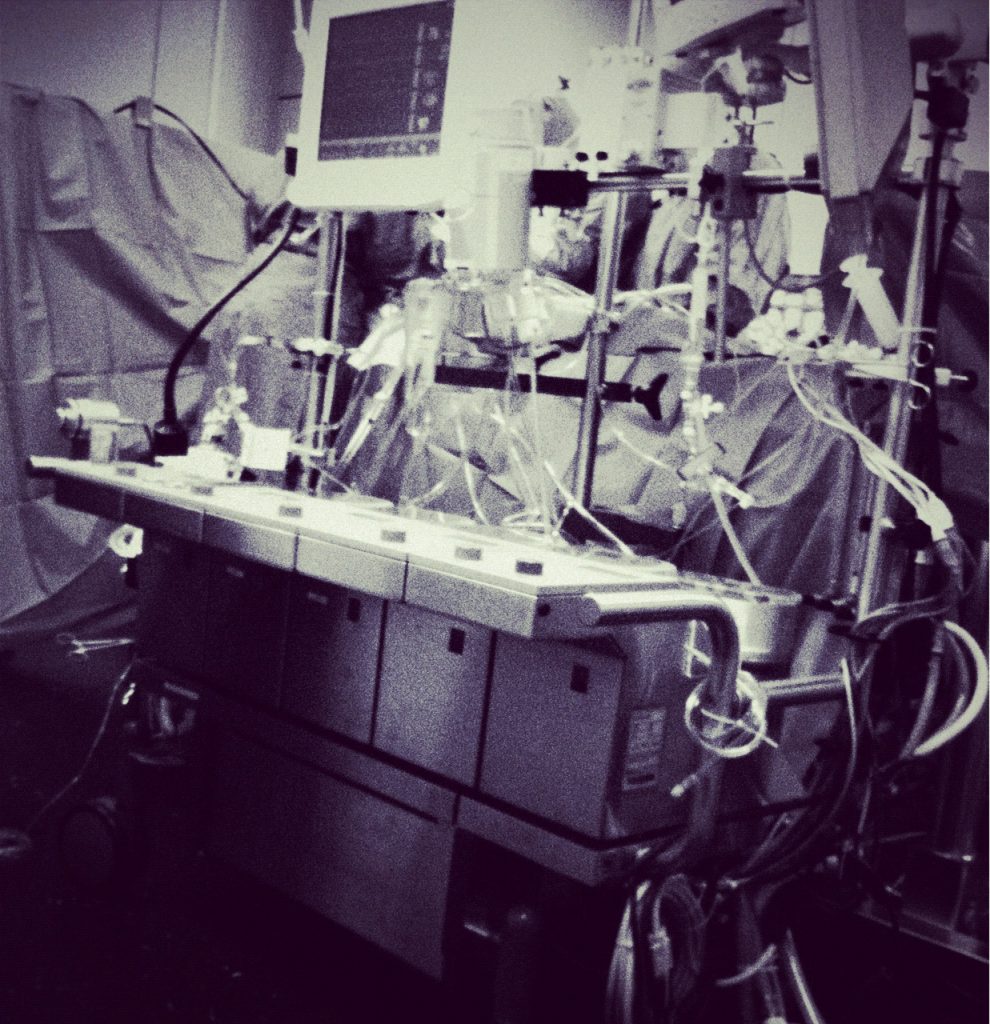Intra-Operative Hyperoxia and the Risk of Delirium in Elderly Patients after Cardiac Surgery

Delirium is a common complication after cardiac surgery. The aim of our study was to determine the impact of hyperoxia episodes occurring during cardiopulmonary bypass (CBP) on the rate of delirium episodes in the postoperative period. 93 patients, aged ≥ 65, who underwent elective cardiac surgery (CBP <90 minutes) were enrolled. The occurrence of delirium episodes was examined every 12 hours for three days after surgery. Eleven patients (11.8%) developed postoperative delirium (POD (+)) and 83 did not (POD (-)). More incidences of severe hyperoxia (PaO2 ≥ 26.6kPa) during CBP were observed in the POD (+) group: 64% had ≥ 2 episodes of hyperoxia, 27% ≥ 3, and 18% ≥ 4, while in the POD (-) group: 42%, 13% and 1%, respectively (P=0.02). Patients in the POD (+) group had a higher maximum PaO2 during CBP than the POD (-) group (37 ± 5.8 vs 31.6 ± 6.6 kPa; P=0.01) and a higher mean PaO2 (30.1 ± 4.5 vs 26.1 ± 5.6 kPa; P=0.01). The optimal maximum PaO2 cut-off point for the occurrence of delirium was 33.2 kPa (AUC 0.72, P=0.001, sensitivity 75%, specificity 38%). We conclude that CBP hyperoxia episodes may be a risk factor associated with the occurrence of postoperative delirium.
